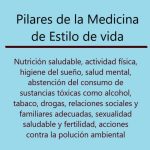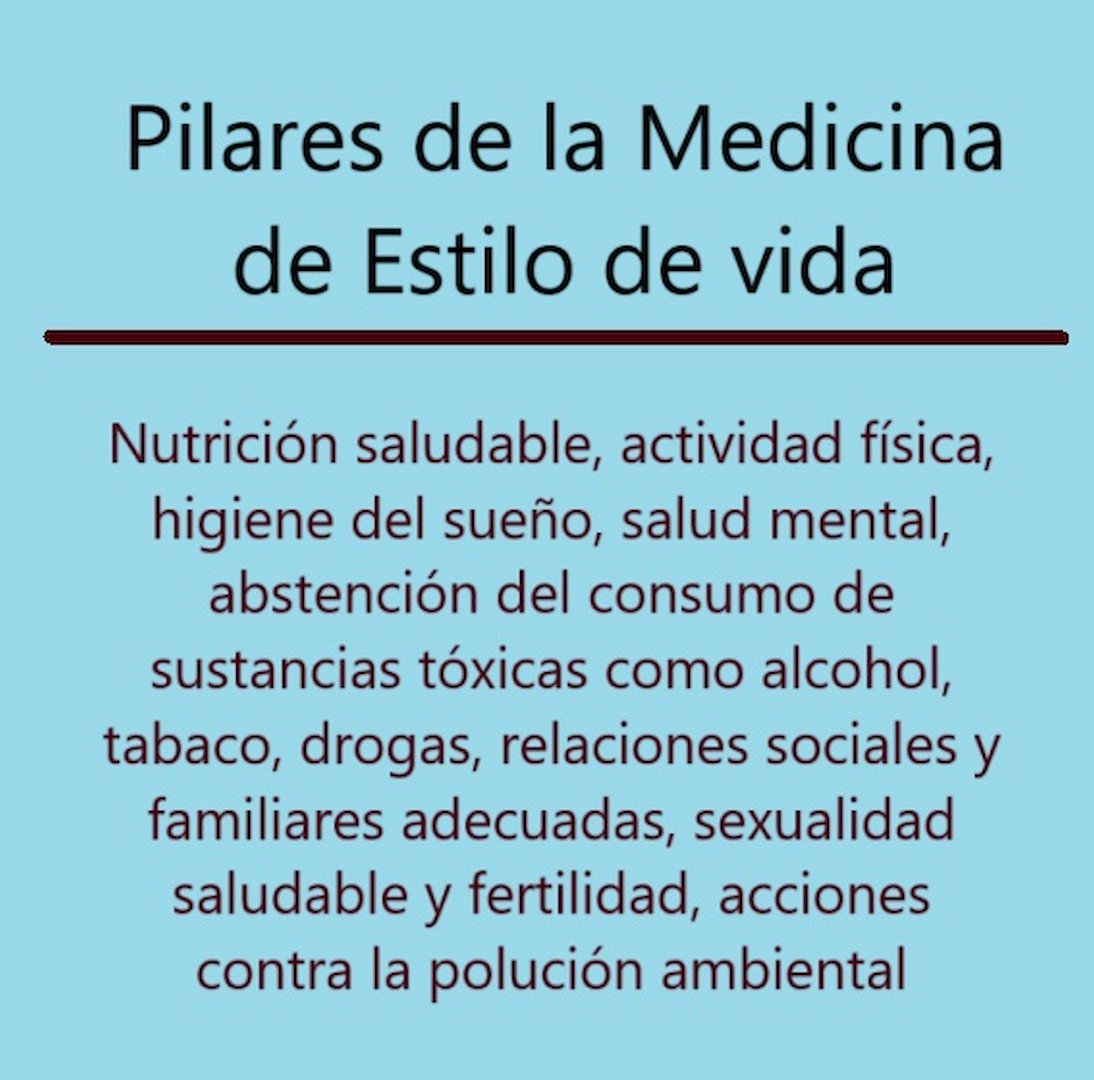




Wikipedia
Consultation:June 23, 2074
Introduction
Lifestyle Medicine was a medical discipline that emerged at the end of the 20th century and extended until the mid-21st century. This discipline focused on the prevention, treatment and reversal of chronic diseases through lifestyle-based interventions, structured in six fundamental pillars: nutrition, regular physical activity, restful sleep, stress management, avoidance of risky substances and connection positive social. Notable founders include Dr. Dean Ornish, Dr. Michael Greger, Dr. David Katz, Dr. T. Colin Campbell, Dr. John McDougall, and Dr. Caldwell Esselstyn.
The first generations of doctors and health professionals who adopted Lifestyle Medicine recognized that lifestyle choices significantly influenced patients’ health status and their response to pharmacological and surgical treatments. Over time, lifestyle interventions became the main focus of treatment, relegating pharmacological and surgical treatments to a complementary role, used only when strictly necessary.
Brief history
Between the years 1990 and 2030, the knowledge and practices of Lifestyle Medicine spread globally through colleges, associations and institutions, many of them non-profit. These organizations attracted health professionals dissatisfied with conventional approaches to allopathic medicine. Experiencing positive clinical results, especially in the reversal of chronic diseases traditionally considered degenerative and irreversible, many of these professionals dedicated themselves completely to Lifestyle Medicine.
As the discipline developed, Lifestyle Medicine specialists began to implement care programs that focused on keeping patients healthy, rather than just intervening during episodes of illness. This approach gained relevance when public and private insurers began to cover these types of interventions, demonstrating that they significantly reduced health costs and financial risks for insurers and governments. At the same time, health professionals influenced the creation of public policies and the implementation of programs within large corporations.




Starting in the second decade of the 21st century, Lifestyle Medicine communities worldwide recognized the connection between their interventions and other social and planetary health movements. These connections revealed that Lifestyle Medicine was not only a clinical intervention, but also a regenerative and sustainable form of social life and environmental conservation. For example, the recommendation to reduce animal protein consumption in favor of predominantly plant-based diets not only had measurable effects on human health, but also on the reduction of industrialized agriculture and livestock farming, with its environmental and ethical implications.
Fading borders and expansion
Initially, the pioneers of Lifestyle Medicine addressed these issues theoretically, advocating for animal rights, sustainable agriculture, and the well-being of health professionals. Over time, and following the example of the founding generations, divisions between clinical interventions and public policies aimed at social healing and environmental sustainability began to fade.
The influence of Lifestyle Medicine expanded beyond doctors’ offices. Many certified and non-certified professionals in this discipline assumed roles in other areas, becoming chefs, educators, public policy promoters and, in some cases, influential figures on social networks. As a result, the practices of Lifestyle Medicine were no longer seen as simple medical prescriptions and were integrated into the culture of societies, with the certainty that the application of its six pillars contributed to both the health of the body and the social and environmental well-being.
Controversies and global adoption






Despite its success, Lifestyle Medicine faced fierce political and media competition for decades. Political lobby groups, representatives of conventional allopathic medicine, and large pharmaceutical and food corporations opposed the movement.
However, the unification of narratives between various mental health, anti-violence and environmental care NGOs, along with the adoption of Lifestyle Medicine by public health systems and corporations, allowed these practices will be integrated into the implicit rules of the social, cultural and economic life of many countries.
Historical milestones such as the adoption of Lifestyle Medicine in the New York public health system in the third decade of the 21st century, led by then-Mayor Eric Adams and Dr. Michelle McMacken; the first Nobel Prize awarded to a doctor in this discipline in 2035; and the significant advances in productivity, innovation and occupational health observed in large corporations, are testament to the lasting impact of this approach.
Likewise, the ban on the sale of junk food in schools in several countries and the inclusion of the Lifestyle Medicine curriculum in various academic disciplines, from architecture to business schools, reflect its profound influence.
The end of Lifestyle Medicine
By the 2060s, Lifestyle Medicine had become so deeply integrated into everyday life that it was no longer perceived as a specific medical intervention. In 2066, the main Lifestyle Medicine associations and colleges decided to close their certifications and specialized programs, considering that their practices had become obsolete. Nutrition, movement, stress management, sleep, and interpersonal relationships were integrated into daily life as natural habits, rather than medical prescriptions.
These organizations became research centers dedicated to technology integration and transdisciplinary academic training, addressing the entire spectrum of what were once separate health sciences. This collective effort continued the work of eliminating the fundamental divisions between disciplines, inherited from Cartesian thought of the 17th century.
Evolution and legacy
In 2072, the Traveling Museum of Lifestyle Medicine was inaugurated, exhibiting documents, technologies and testimonies of the global movement that lasted almost a century. As a traveling museum, it changes locations every two years, starting in the province of Okinawa, Japan, and planning its move to other original Blue Zones described in the early 21st century. The opening of the museum paid tribute to all participants in the movement and celebrated the formal end of the designation “Lifestyle Medicine.”